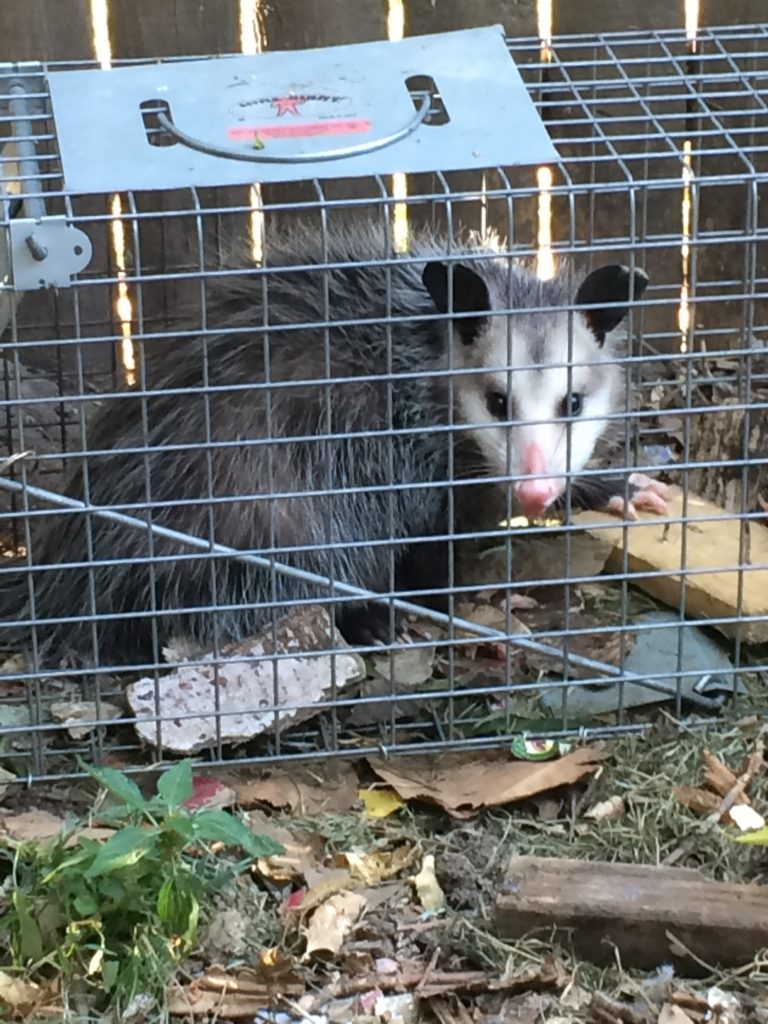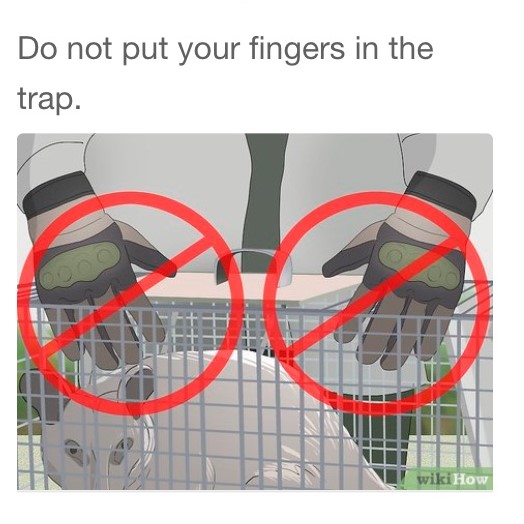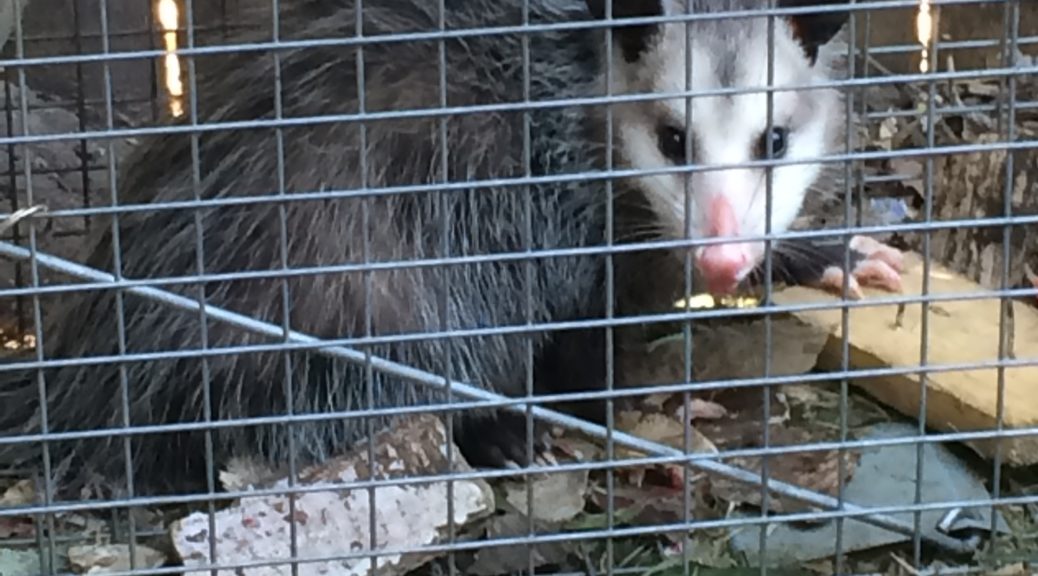
Keeping Chickens Safe From Predators
A few nights ago we had a visitor here at The Way Homestead… a whiskered, beady-eyed, egg-stealing visitor! In all reality he was kind of cute, and probably harmless, but I’m not taking the chance. My chickens are too important to me! I know your chickens are important to you too, so let’s tackle a vital subject: keeping your chickens safe from predators.
An Early Encounter
You might remember that on the very first night we moved our chicks into their coop, I discovered a baby opossum wandering around outside it. He was very tiny and afraid of us, and clearly still needed his mama, so I let him go. He ran into a neighbor’s wood pile and that was that. In the months since I have kept a close eye on my coop, however. I didn’t want that opossum – or his mother – looking for a chicken dinner!
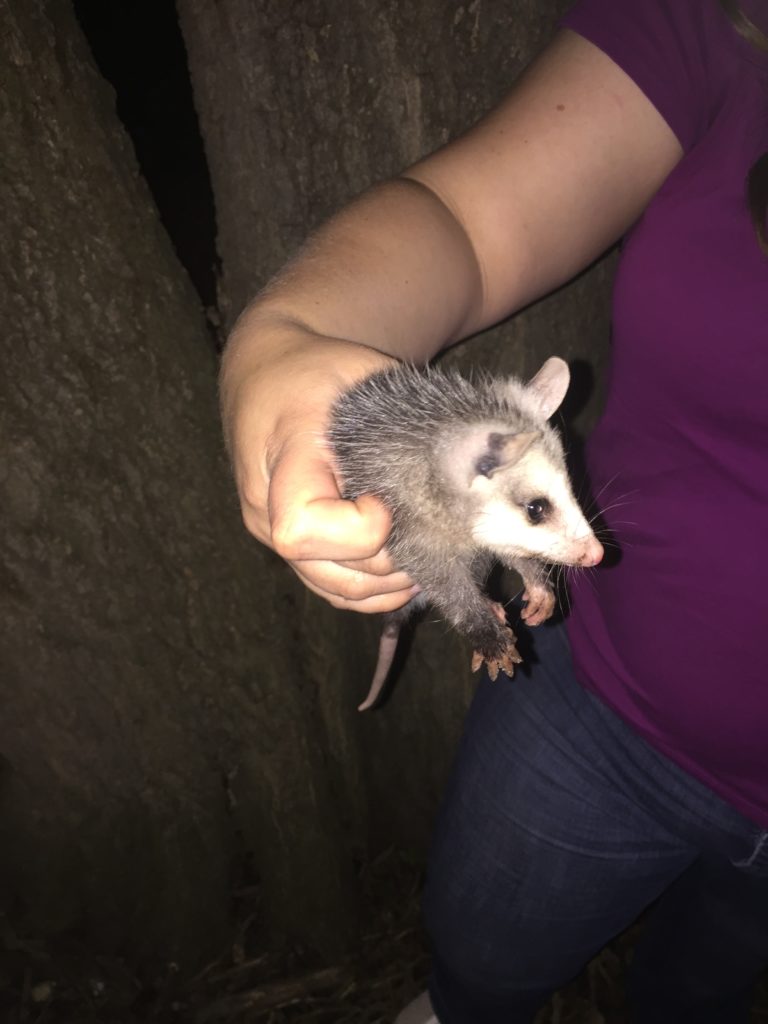
Concerning Signs
Last week I noticed that a few eggshells had been pulled out of our compost bin. We have a ton of squirrels here this year, and I thought maybe one of them had done it. Bijou, my Easter Egger chicken, has taken to laying some eggs outside of the nest box lately. We are trying to break her of that habit! One day I realized that we hadn’t gotten an egg from her the day before, so I went in search of it. I found the remains of the egg under our deck, in the spot where the other rogue eggs had been. A squirrel almost certainly couldn’t have crushed and eaten an entire egg!
So I did a little investigating. Sure enough, I found a spot directly behind our compost bin where something had been digging under the fence. A little more snooping led me to what my Montana family would call “sign” – that’s poop. I did a quick Google search and learned that it was probably from an opossum, but it could be a raccoon, too. With my chickens so close by, I didn’t want to just let a predator continue living in my yard! I decided to try and catch it.
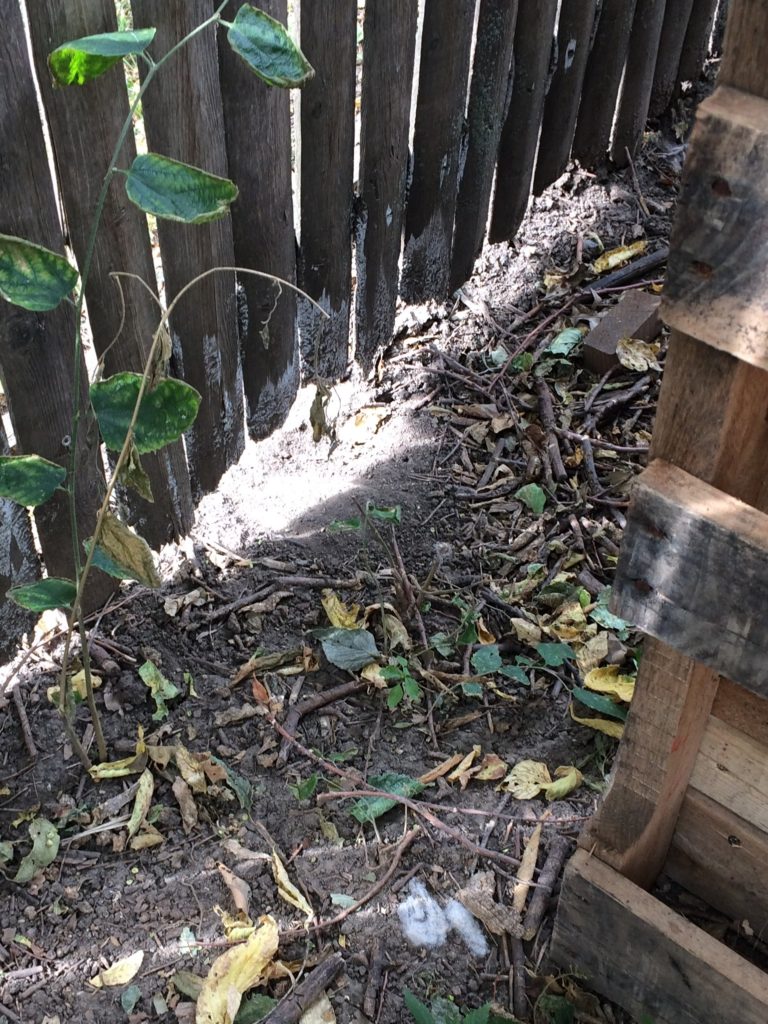
To Catch A Predator
I was able to borrow a live catch trap from my parents. These can be bought online or at farm supply stores fairly inexpensively. I placed the trap in what seemed to be the predator’s usual path behind the compost bin, and put some egg shells and other compost scraps inside. The first night I had the trap out, I caught nothing. The bait was not disturbed the next day.
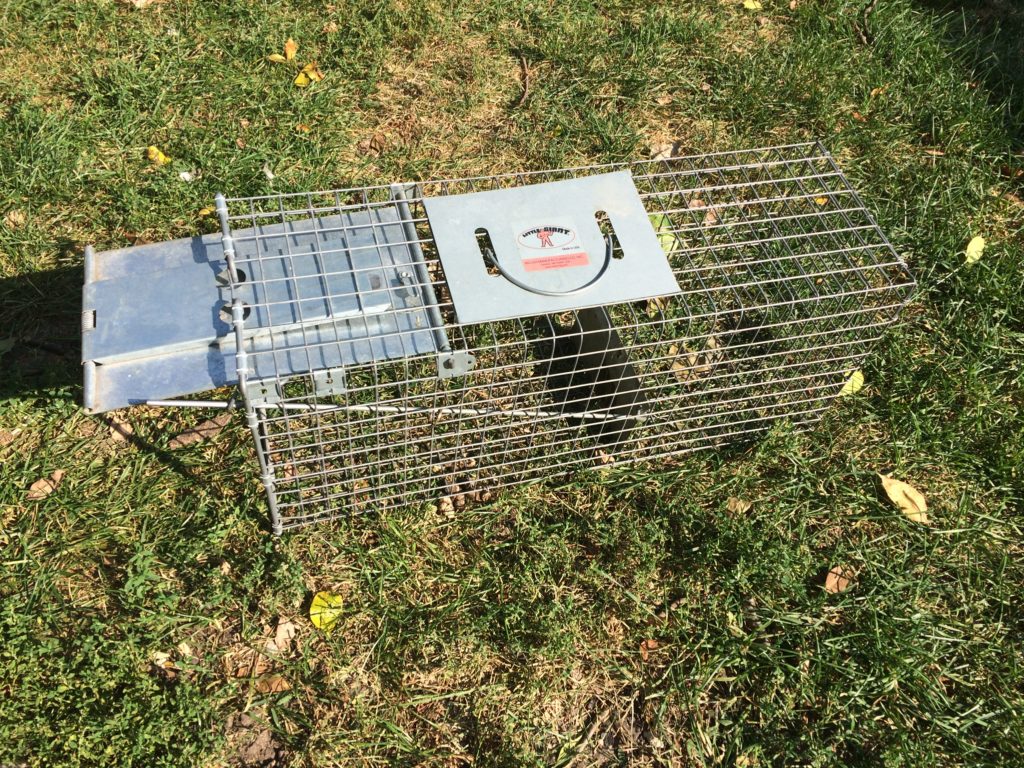
The following night we were watching TV when I got a strong feeling that I needed to check the trap. I got a flashlight and peeked out the window, and was shocked to see an opossum walking right next to the trap! He seemed to have absolutely no interest in it. My husband went out to see what he could do, but the opossum squeezed through the fence and got away. Now I knew for sure what I was dealing with, and I was ready to win the war!
Success!
I looked up what foods to bait an opossum with, and it turns out they like sweet things. Several sites recommended using marshmallows. I just happened to have some fruit-flavored mini marshmallows left over from my daughter’s birthday party. I made a trail of marshmallows leading to the trap, E.T.-style, and placed another handful inside. However, I didn’t actually expect the opossum to come back that night after being chased away.
The next morning I had quite a surprise waiting for me:
Handling Opossums
I’m a huge animal lover, and I felt so sorry for him. The poor thing looked so scared! All of the marshmallows were gone though, which amused me. He probably ate them all before he even realized he was trapped! Now I had to get rid of him. I went back to one of the articles that suggested using marshmallows, which also explained how to relocate an opossum. It included this super helpful picture:
I know it’s supposed to be for safety, but all I could imagine was wiggling my fingers at the opossum to entice it. Do you see that opossum’s face? He is NOT amused. I didn’t try it on my opossum, so I can’t say for sure how he would have reacted.
Relocation*
I did follow the rest of the advice in the article, and placed a blanket over the cage to not frighten him further. I wore my work gloves, which I doubt would have protected me from any biting, but they did give me a false sense of security. The cage, opossum, and blanket all went in the back of my van. I loaded up all four kids and off we went to a nearby wildlife habitat. I was nice enough to give the opossum some dog food to snack on during the trip, but he must have been full from all the marshmallows still.
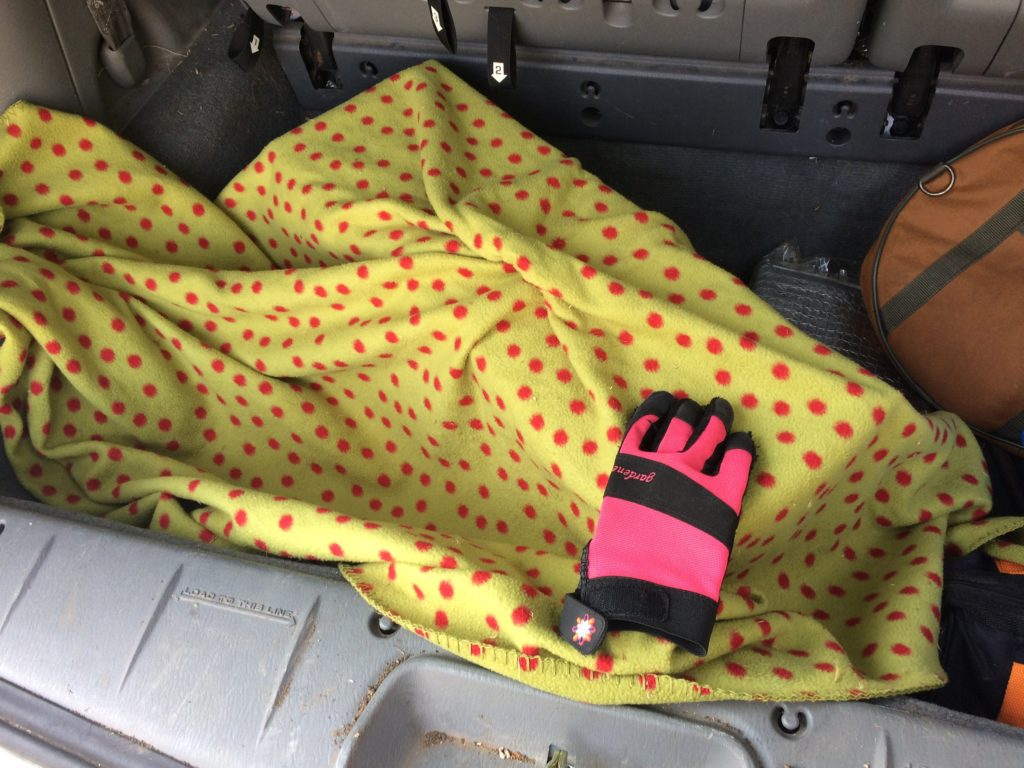
When we got to the wildlife habitat* (this is really just a fancy term for open land where you’re not allowed to hunt), I carefully removed the blanket and set the trap on the ground. Mr. Opossum seemed very curious about his new surroundings, and slowly made his way out of the cage. All was well until I got a little freaked out. I accidentally dropped the cage door with a bang – I’m not sure who was more frightened at that point! The poor little guy took off running in one direction while I jumped back in the other. With my gloves on I managed to capture this excellent photo just before the moment of release:
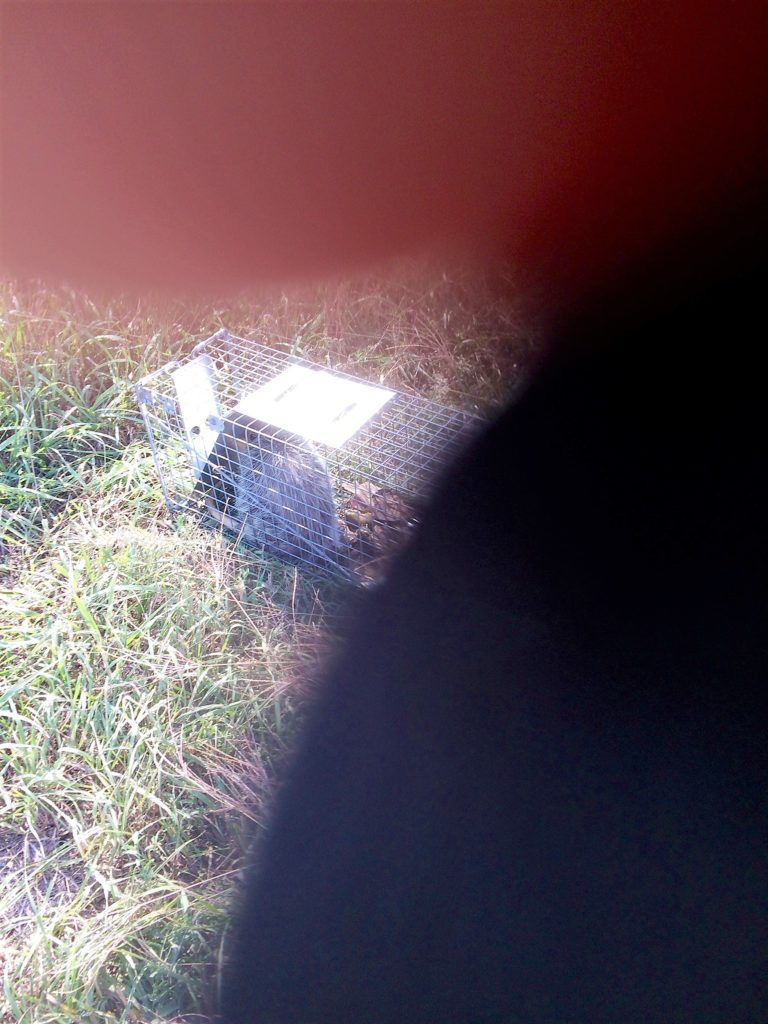
Natural Chicken Predators
Now that you’ve heard my captivating story, let’s talk predators. Raccoons, opossums, weasels, skunks, foxes, dogs, coyotes, hawks, owls, and even snakes are all natural predators of chickens. Some kill chickens to eat them, some come after eggs, and others kill just for the sport.
If your flock has already been attacked, you’re probably wondering what predator may have done it. (Fair warning, this is about to get graphic.) If you’re missing chickens entirely, the culprit is probably a fox, coyote, or hawk that was able to carry them off. Dogs will bite chickens enough to injure or kill, but don’t usually eat them. Weasels often kill just for the fun of it, leaving the bodies behind, uneaten. Sometimes they will eat parts of the bird, or its organs. Opossums will typically attack chickens’ breasts or legs. Rats and snakes prefer eggs or young chicks. Raccoons will often eat just the heads of chickens, having reached them through the coop walls.
Signs of Predator Activity
One of the most important things you can do is to watch carefully for any signs of predator activity. Many predators come back for several nights looking for a way in, especially raccoons. Watch for any digging or holes in or around your coop. Keep note of any possible eggs missing (chickens lay regularly, most of them every day or every other day). Check frequently for loose wire, wood, and hardware cloth on your coop. If you keep pet food outside, you may notice that it’s disappearing more quickly.
Of course, if any of your chickens have been killed or injured, then you already know that you have a predator on your hands. (The exception to this is ongoing, minor attacks – in this case you may have bully in your flock.) Often after an attack you will only find blood, feathers, and parts of chickens remaining. Unfortunately, by then it’s too late.
Making Your Coop Safe
Thankfully many of these predators are nocturnal animals, and only hunt at night. If your chicken coop is very safe at night, your chickens will be too. The most important thing is to use hardware cloth for your coop, not chicken wire. I know I’ve said that over and over, but it really is vital. Hardware cloth will keep out even the smallest vermin like weasels, mice, and rats. It’s also small enough that raccoons can’t reach through to grab your chickens. Cover every vent hole and removable window with the hardware cloth.
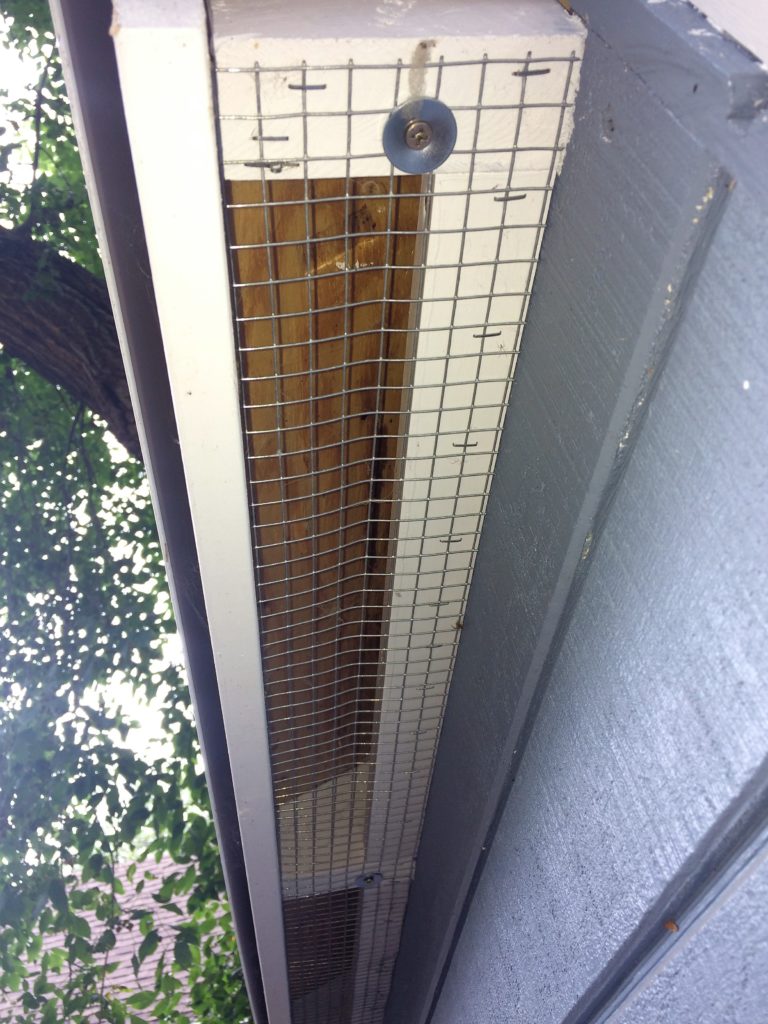
Be sure to put safe locks and handles on your coop. Raccoons are extremely smart and even work in teams to trap and grab chickens! They can figure out almost all hooks and handles, so locks are a must. No predator has opposable thumbs, so carabiner hooks with strong springs are a good choice. You can also use combination or keyed locks. Personally I have two kinds of hooks or locks on each of my chicken coop doors (the gate, the main door to the coop, and the nest box). The door the chickens use to get into the run is called a “pop door”. An automatic door is the safest option. If you don’t have an automatic door, be sure to put a good lock on your pop door, too.
Keeping Your Run Safe
Though hopefully your chickens will be locked safely in their coop at night, you will want to keep their run predator-proof as well. The walls and roof of your run should be made of hardware cloth. Nocturnal predators can easily climb into a run with an open top, and hawks and owls can swoop down and carry chickens off. Many predators can easily dig under your run walls. You can bury the hardware cloth about a foot down to prevent this, and place bricks or cement blocks around the outside of the run. Put good locks on your gate, too.
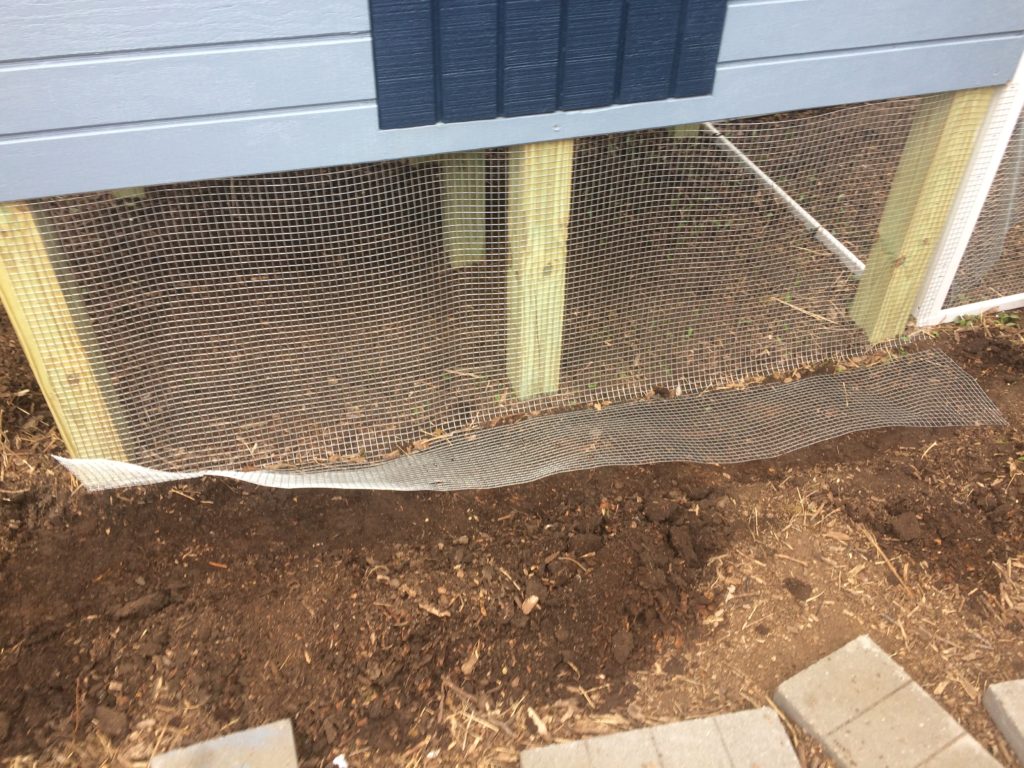
To Deter Daytime Predators
Good fencing will keep out larger predators like dogs, coyotes, and foxes. If you have dogs, work with them early on to get them used to your chickens. You want them to see your flock as something to protect, not eat! Keeping ducks and geese along with your chickens can be very helpful. Predators aren’t usually interested in these larger birds, and like roosters, they make great bodyguards and alarm systems. If hawks are a concern, buy some large plastic owls to place in your yard. Move these around once or twice a week, to give hawks the illusion that they’re real.
If you put pet food out for dogs or cats, consider bringing it inside at night. Keep your chicken food locked in a cupboard or bin that will not attract other animals. If you have garbage cans or compost bins in your yard, try to place them away from your chicken coop. Keep secure lids on both. I will tell you now that I did not follow this advice! Our homemade compost bin is only about 15 feet from our coop. I know it’s hard to separate things well when you’re an urban homesteader, without acres of land! We also have not yet put a lid on our compost bin. It will need to get done soon!
All’s Well That Ends Well
*I have since learned that relocating opossums more than 100 yards from their original location is illegal in Nebraska. (You’re also not supposed to move an amphibian or reptile more than 50 yards, so if you’ve ever let your kids bring a frog home, I guess you’re a law-breaker like me.) While I stand by my belief that my chickens’ safety and well-being is more important than that of a raccoon or opossum, in the future I will call a wildlife rehab center to assist me.
All in all I feel very lucky to have found the opossum before he found my chickens. Opossums are certainly not the worst predators; they eat insects like ticks, leave most pets alone, aren’t terribly smart, are unlikely to have rabies, and don’t generally cause damage. I didn’t want to risk it, though. In the past week alone I’ve read six different stories of opossums getting into coops and killing chickens! I feel bad for the opossum I moved, but my own pets’ safety comes first. I believe he’ll have a long and happy life in the country… and my chickens are certainly better off for it!
How about you? Have you ever had a run-in with a chicken predator?
~~~
